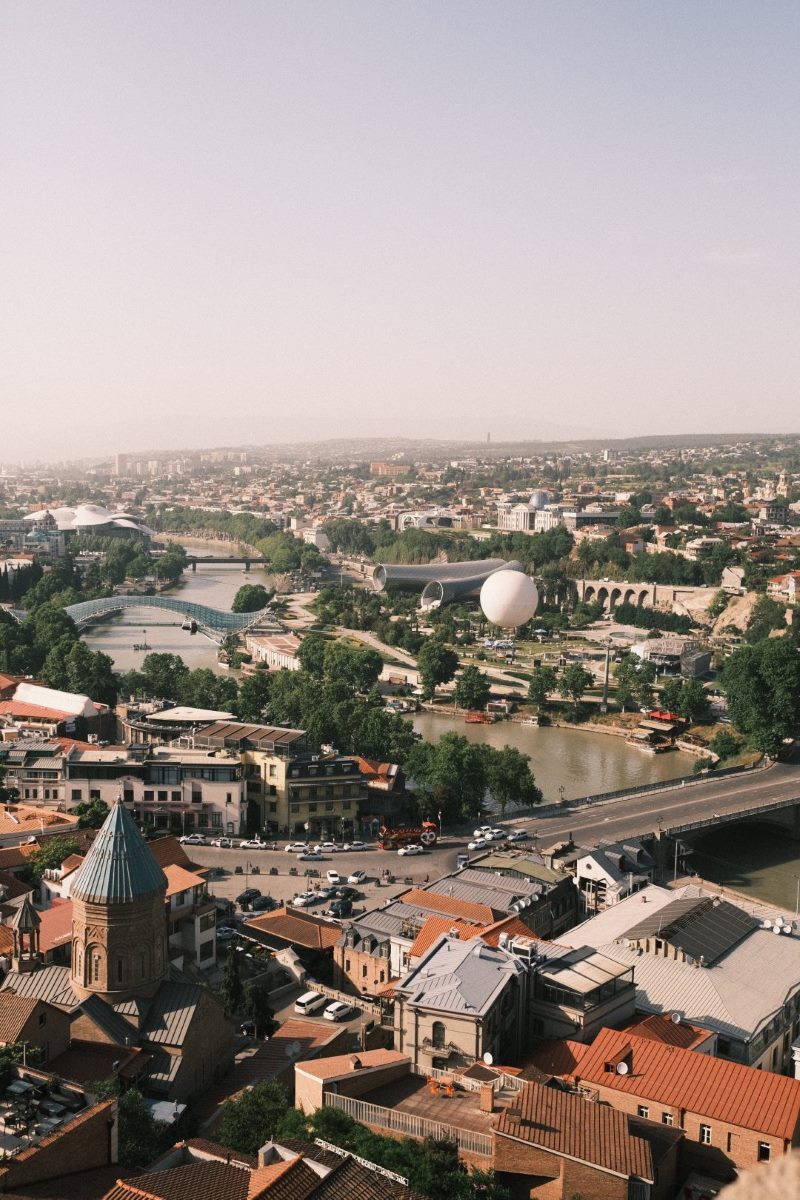What Months to See Northern Lights in Alaska
Alaska is one of the best places in the world to catch a glimpse of the northern lights, or aurora borealis. This natural phenomenon occurs when charged particles from the sun enter the Earth’s atmosphere and collide with gas particles, creating stunning displays of green, pink and purple lights in the sky. To increase your chances of seeing the northern lights in Alaska, it’s important to visit during the right months. In this post, we’ll discuss the best months to see the northern lights in Alaska according to science and local experts.
September to April: The Best Time to See the Northern Lights in Alaska
In general, the best months to see the northern lights in Alaska are from September to April. During these months, there are longer nights and clearer skies, which increase your chances of seeing the northern lights. The peak season for the northern lights is typically from December to February, but this can vary depending on factors such as the solar cycle, weather conditions and light pollution.
According to the Geophysical Institute at the University of Alaska Fairbanks, September and October are great months to see the northern lights because of the mild weather and lower tourist traffic. Plus, the leaves on the trees turn beautiful colors, adding to the overall experience. November and December are also great months to see the northern lights because the nights are longer and there is less daylight overall. January is typically the coldest month in Alaska, but if you can brave the temperatures, you will be rewarded with stunning displays of the northern lights.
February and March are the peak months for the northern lights in Alaska, with longer nights and clear skies. According to local experts, it’s common to see the northern lights three out of four nights during this time. However, keep in mind that February and March are also the busiest months for tourism, so it’s important to book accommodations and activities in advance.
April is the last month to see the northern lights in Alaska before the sun rises earlier and the nights become shorter. But, according to the Geophysical Institute, the aurora activity can be just as active in early April as it is in March. Plus, the weather is slightly warmer in April compared to the previous months.
The Role of Solar activity and Weather Conditions in Seeing the Northern Lights in Alaska
While visiting Alaska during the best months for northern lights activity is important, other factors can impact your chances of seeing the aurora. Solar activity, or the strength of the solar winds that create the northern lights, can vary from day to day and impact the intensity of the aurora displays. To increase your chances of seeing the northern lights, check the Aurora Forecast website or download the Aurora Forecast app, which provides real-time updates on auroral activity.
Weather conditions also play a crucial role in seeing the northern lights in Alaska. Clear skies are necessary to see the aurora, so avoid visiting Alaska during months with heavy snow or rain conditions. It’s also important to check weather forecasts and have a backup plan in case the weather suddenly changes during your trip.
The Best Places to See the Northern Lights in Alaska
Although the northern lights can be seen throughout the entire state of Alaska, there are a few places that offer prime viewing spots. Fairbanks is one of the best places to see the northern lights in Alaska due to its location directly under the auroral oval, which is the region with the most activity. The town offers a variety of tours and accommodations specifically designed for aurora viewing, such as heated outdoor igloos and sleigh rides.
Denali National Park is another great place to see the northern lights in Alaska due to its lack of light pollution and vast open spaces. Visitors can camp out or stay in one of the park’s lodges while viewing the aurora from the comfort of their own rooms or outdoor spaces.
Other great places to see the northern lights in Alaska include Anchorage, Homer and the Kenai Peninsula, and the Dalton Highway. No matter where you go, make sure to get away from city lights and any other light sources to maximize your chances of seeing the aurora.
Conclusion
Alaska is a fantastic place to see the northern lights, and the best months to do so are from September to April. During this time, there are longer nights, clearer skies, and increased aurora activity. To increase your chances of seeing the aurora, check for solar activity updates and plan around the weather conditions. With a little bit of luck and planning, you can witness one of the world’s most beautiful natural phenomenons in person.
Table of Contents

